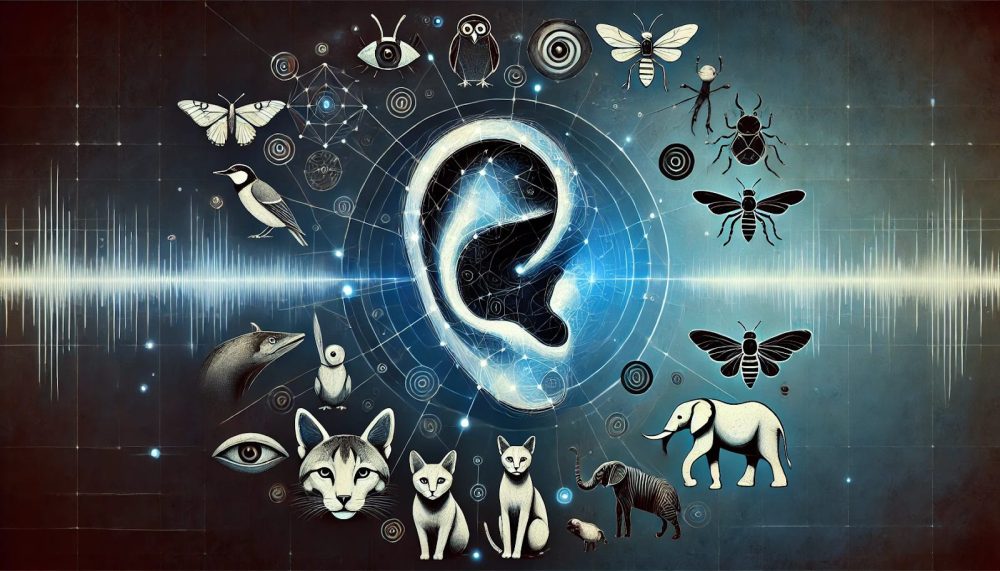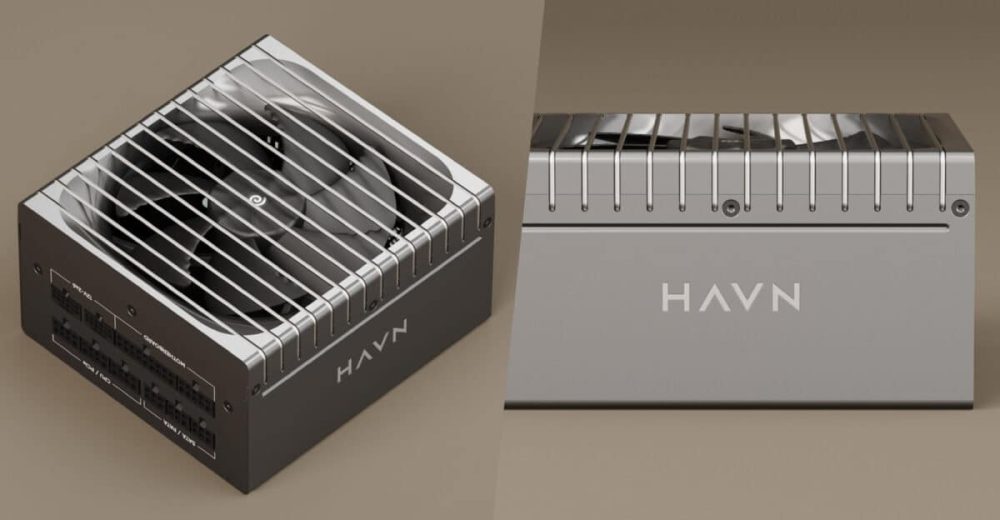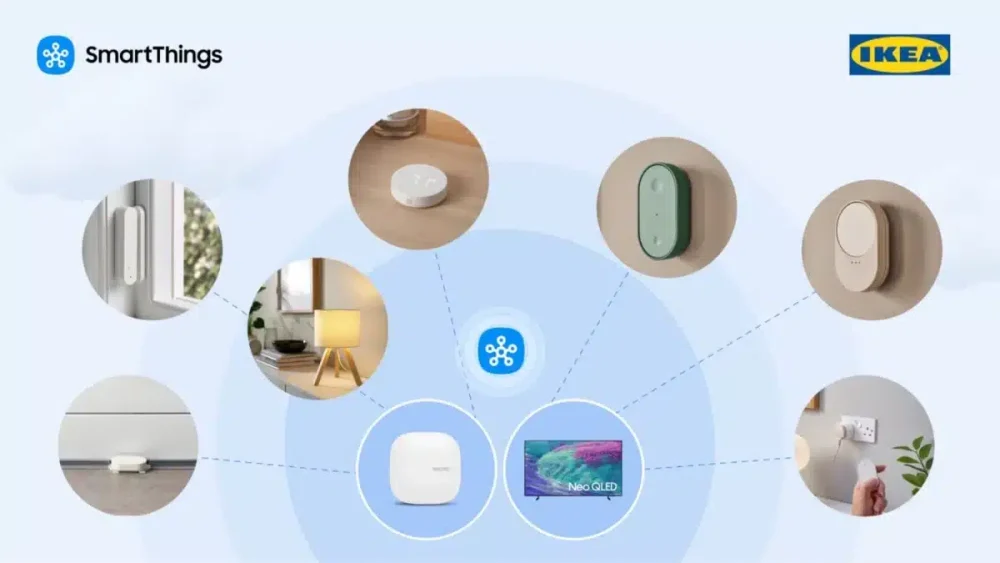For centuries, humans have wondered what animals are truly saying. Do their clicks, songs, or gestures amount to language, or are we only hearing echoes of instinct? Until recently, scientists were careful not to ascribe “language” to non-human species. But that boundary is blurring. Thanks to artificial intelligence, the age-old fantasy of Dr. Dolittle may soon step out of fiction and into the real world.
Recent breakthroughs span from the ocean’s depths to farmyards. In the Caribbean, Project CETI (Cetacean Translation Initiative) has spent years recording the clicks of sperm whales and using AI to decode their patterns. What once sounded like random static is beginning to resemble phonemes, the building blocks of human speech. Variations in rhythm, ornamentation, and tempo may reveal meaning far richer than imagined. CETI’s AI can already predict whale clicks with 99% accuracy, hinting at the underlying rules of a language.
Elsewhere, marine biologist Sophie Cohen-Bodénès has observed cuttlefish performing gestures that resemble signs in response to each other, suggesting a visual, almost sign-language style of communication. On land, researchers like Suresh Neethirajan use AI to analyze the voices, expressions, and movements of farm animals, uncovering signs of discomfort, illness, or even anticipation. Chickens, cows, pigs, and sheep are gradually “teaching” us their vocabularies through data.
Fueling these efforts is the Coller Dolittle Challenge, a $10 million prize for the first team to achieve two-way communication with another species using generative AI. Annual $100,000 prizes already support teams pioneering this field, from whale song interpreters to livestock “translators.” The challenge imagines a future where animals can not only be understood but can answer back, in ways that are genuine to their own systems of communication.
The implications are staggering. If whales are singing stories, if cuttlefish are signing intentions, if chickens can tell us when they are distressed, then language is no longer humanity’s exclusive domain. The ability to “speak animal” could revolutionize conservation, reshape farming, and challenge our very sense of what it means to be human.
Which Species Will Be The First To Talk With Us?
Whales may win, with their codas and clicks already mapped like a digital lexicon. Cuttlefish, with their complex gestures and intelligence, are close contenders. Or perhaps it will be the animals closest to us in daily life, cows, pigs, or chickens, who surprise us first with a voice we have never truly heard. One thing is clear: with AI as translator, humanity is no longer alone in the conversation. The first “hello” from another species could arrive sooner than we ever imagined.


